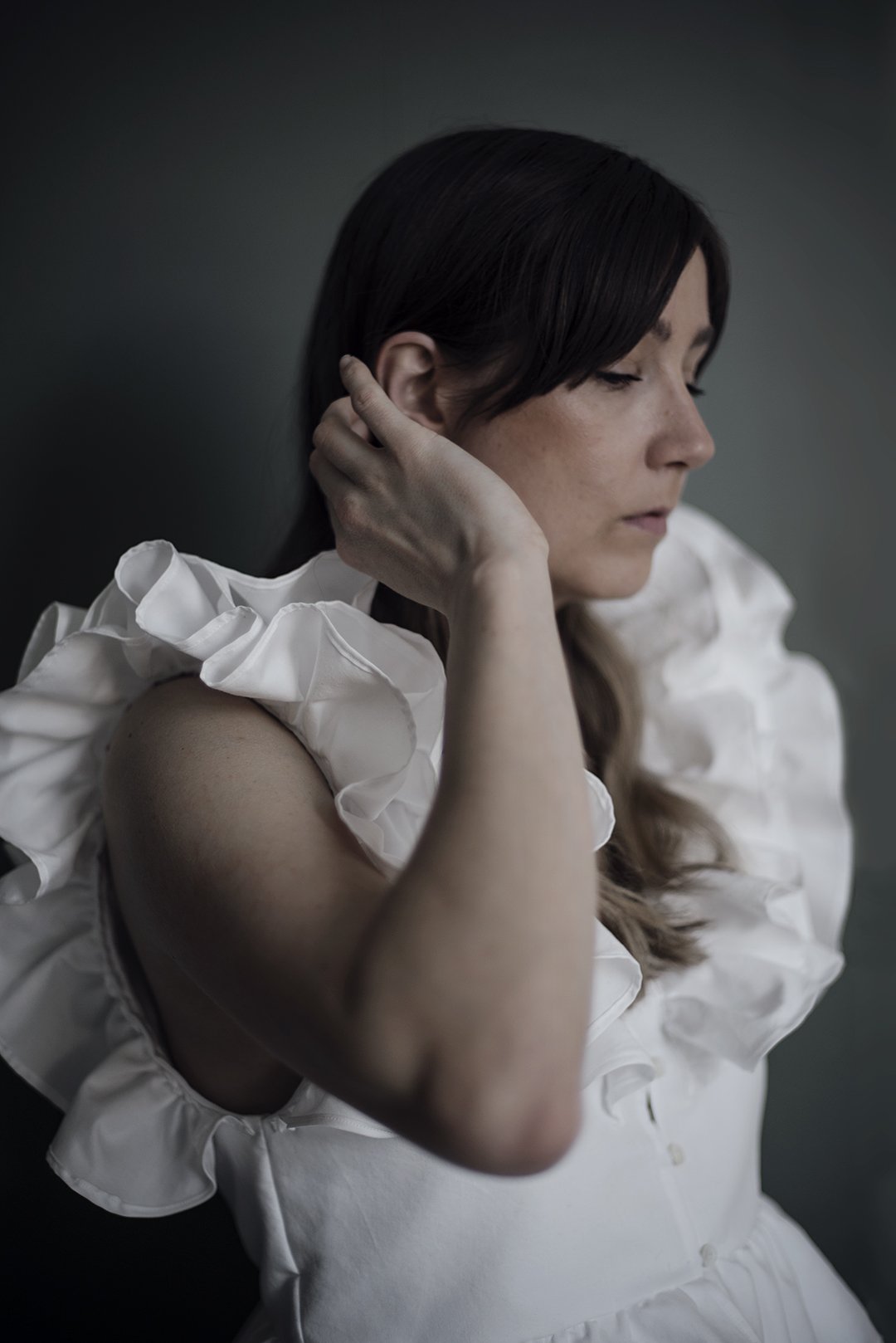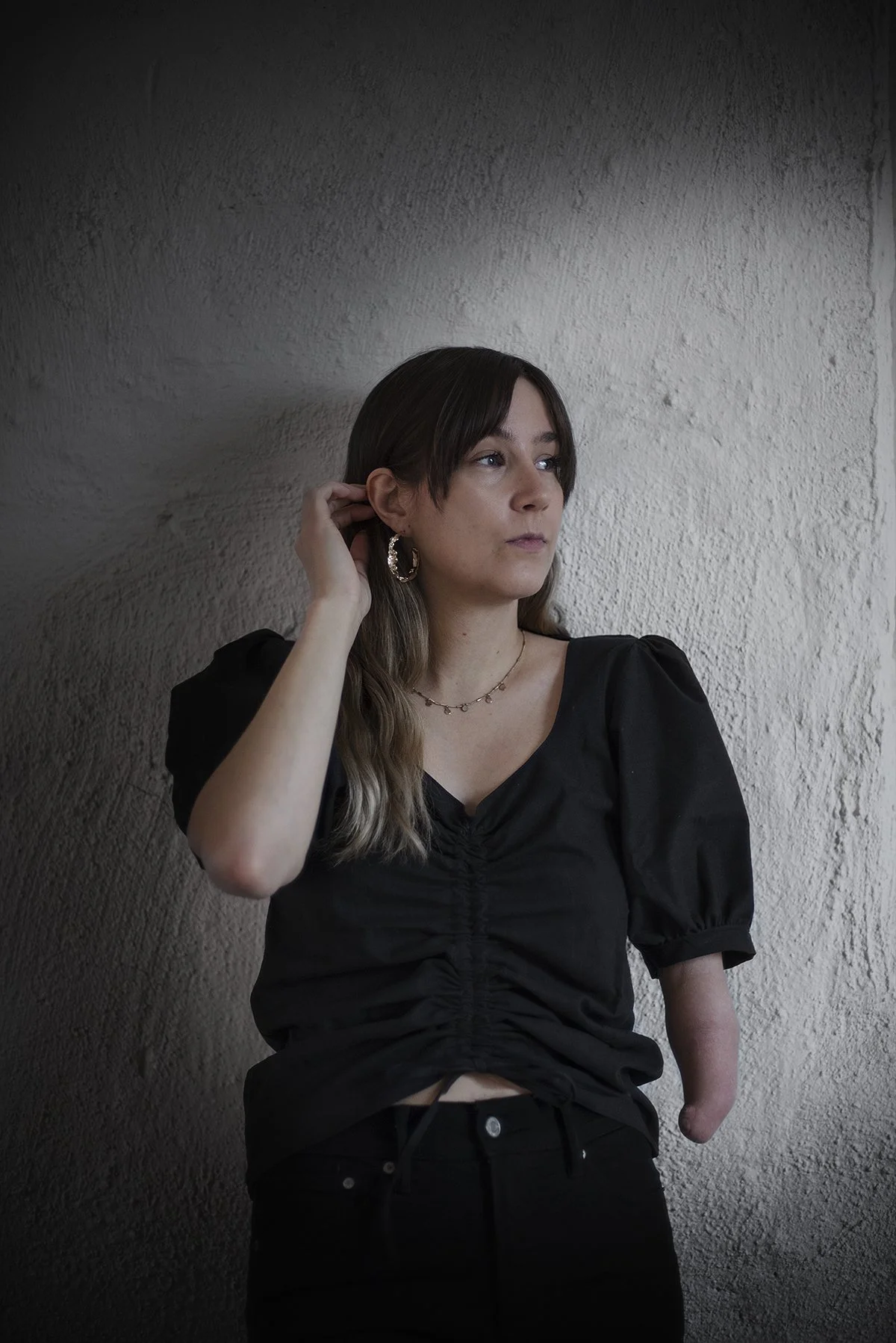INTERVIEW #72 JOHANNA MONTELL
Based in: Mölndal
Occupation: Investigator in the environmental field, currently preventive work against water pollution and wastewater problems.
Get inspired by: Walking around in well stocked secondhand stores, other creators, Pinterest and pretty much anything that catches my eye
Instagram: @johannamontell
Why we love her: We love how honest Johanna is about her relationship to fashion, that sometimes it just isn’t that easy to find your true style. She makes it sound like everybody has their own style journey which should come to life through your own experiences and preferences and not from trends from the media. We think Johanna’s way of seeing fashion is a healthy and pure view and very inspiring.
Tell us about yourself?
I love to create using reused materials only. I feel like that's my main contribution to a better environment - to take care of things that otherwise would end up as waste, and to avoid newly produced items and materials as much as possible. I've tried working with pretty much any material, but for the past year I've focused on textile since I started sewing in the beginning of the pandemic. It was a way for me to focus on something entirely different, that i didn't know how to do, and a perfect thing to engage in at home.
What’s your relationship with clothes?
I was a bit of a shopaholic before, and didn't put much thought into where the clothes came from or how they impacted the environment, I just wanted new clothes. Then, by starting focusing my studies on the environment and waste management, and after that started working in the environmental field, I changed my attitude as I learned more about it all. In the beginning of 2017 I stopped buying newly produced clothes, and haven't bought anything new since then - except underwear and socks. I don't miss newly produced clothes at all! I still love to express myself with clothes and I care about what I wear, but I don't have to follow trends - and even if I can't resist, I will find that piece second hand anyway.
How would you describe your closet?
Right now - a bit neglected to be honest. I've spent the last year and a half working from home, in pretty much the same clothes, and I feel like I have lost track of what’s in there... and during the pandemic I started sewing my own clothes from secondhand textiles and used those instead of the ones in my closet. I feel like it needs a good going through to be back on track!
How would you describe your style?
I feel a bit lost about that right now, with the pandemic going on I haven't really focused on clothes as I mentioned earlier. But in the end I think I would describe it as monochrome, black being the base colour, but with something that pops and draws attention, like a colorful bag or something miss-matched.
Any favourite items?
Jackets! A good jacket will make a dull outfit feel completed and interesting, getting the look together.
Where do you find inspiration?
Mostly online: Instagram, Youtube and Pinterest.
Do you have a style icon, if yes, who?
Lily Allen! She put the "pretty dress matched with sneakers" trend on the map, and that has made me think outside the box more than once.
What is a sustainable closet for you?
As little newly produced items as possible, that are used frequently and fits all kinds of events.
What do you think about the fashion industry in general?
Where do I even start? With the underpaid workers who have substandard working conditions, with the industry's crazy waste of resources and using of chemicals and water, trends that change faster than ever just to trigger our consumption even more? Of course there are some better alternatives out there, but they are few - and really hard to find since greenwashing is such a widespread problem.
What can one do that seeks to create a more sustainable closet?
Use what you already have in there! Could you make some changes to your items to make them feel up to date, or do you have some friends to change clothes with? The solution is not to start buying new things, with perhaps "better" materials, it is to use what has already been produced, so that the new-production which is where the biggest climate impact mostly occurs, may decrease.





